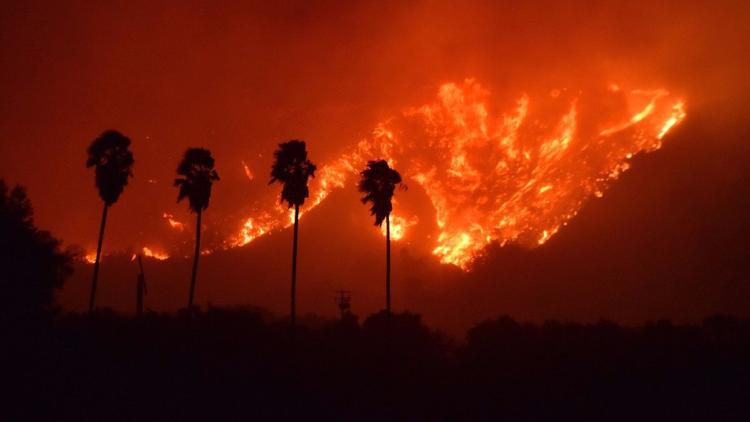Microgrids and Distributed Generation

The generation landscape is changing. More
and more consumers and businesses are taking up incentives and investing in means of generating electricity on a smaller, more local
scale. Governments, on all levels, are also looking at ways in which power
generation can shift from central (often polluting) means of generation to
efficient local (often renewable or carbon neutral) production. The grid was
not designed for this input.
To maintain the integrity of the grid, the
individual components must work in unison. The grid is designed with some
leeway to be able to absorb disruption, though it is thanks to a set of highly
technical components and increasing automation that the grid is able to
function to the level of reliability and at the scale at which we have become
accustomed.
At the consumer level, installing a solar
panel, or other means of generating electricity for a single property isn’t
disruptive to the grid. It is when these systems become part of a larger whole
or penetrate the market sufficiently that the grid will have to be adapted to
take this into account. Starting at the household level, the smart meter can
form the link between the micro generator and the distribution grid.
As the grid expands, the generation
landscape has to be considered and the systems need to be in place for the
shift in power generation sources that we are seeing, beyond a household smart
meter. DSOs and TSOs are slowly taking the steps to ensure the future proofing
of the grids, however, progress is slow.



Comments
Post a Comment